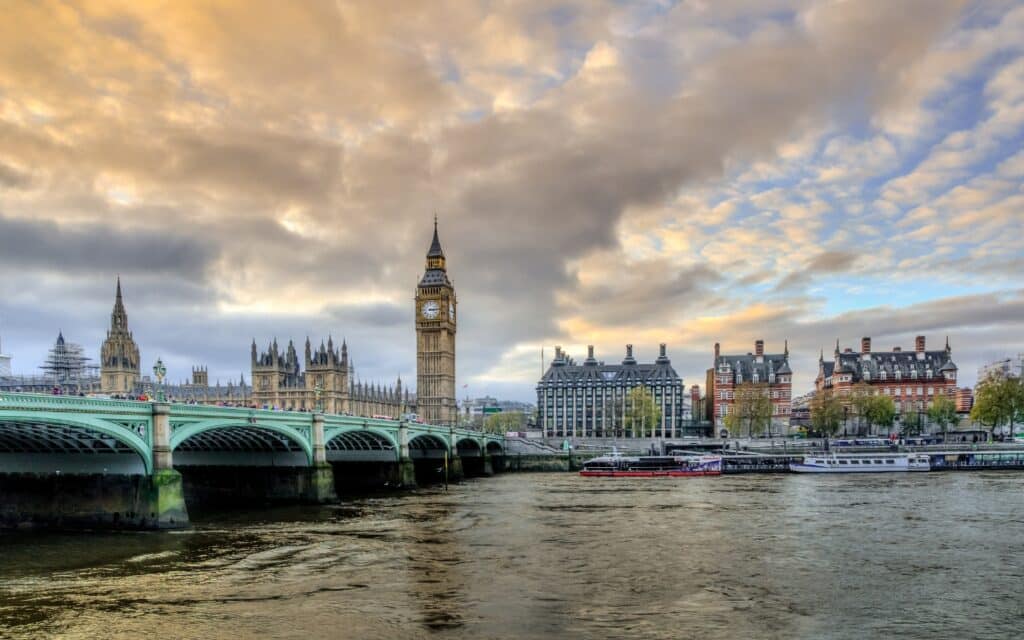London is one of Europe's most multicultural cities. Its rich history and also Neoclassical architectural styles coexist with modern structures, beautiful green spaces, and parks.
There is no better destination in England to sample some of the best meals, admire the gorgeous architecture, and listen to live music than London. It's also a lot of fun to visit the various stores, bars, and cafes that represent British design.
All year, the lovely city of London can be a buzzing visitor attraction. Every month in London has something new to offer visitors. With pleasant year-round weather and a never-ending social calendar. In fact, there is no challenging time to visit London.
However, the number of travelers from abroad and within the United Kingdom increases during the summer when school is out and during the winter holiday period.
To avoid traffic, the best periods to visit London are in the late winter/early spring (from January to April) and fall (from September to November).
Here's a comprehensive list of everything you can do in London each month. Choose your preferred season and visit this iconic city for a lifetime experience.
Know the best time to visit London before you plan your trip
If you're wondering what the greatest time to visit London is, the answer is whenever you want!
Summer provides the ideal blend of outdoor events, warm weather, and joyous festivities. Street festivals, outdoor music, and magnificent parks bring the city to life from June through August.
If you prefer colder temperatures and fewer crowds, the best season to visit London is in the fall or spring.
Whatever time of year you visit, London will enchant you with its dynamic culture, rich history, and numerous things to do. Below are things to know before planning your trip;
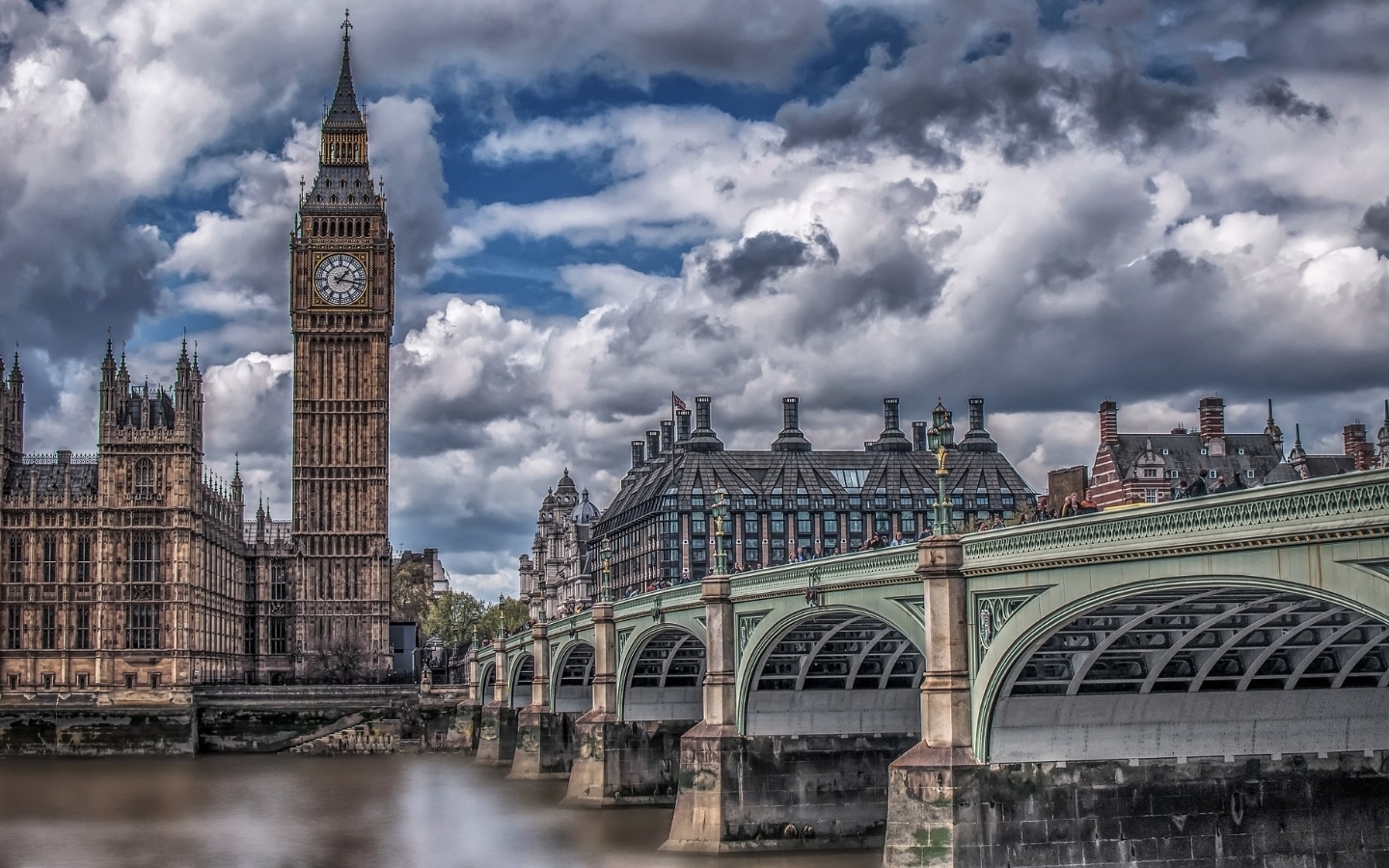
1. Natural splendor
The Royal Botanic Gardens, Hyde Park, Kew, and Regent's Park are just a few of London's exquisite parks and gardens.
2. Culture and history
The Tower of London, Buckingham Palace, and the British Museum are among the world's most iconic landmarks and cultural institutions.
3. Entertainment
The O2 Arena and the West End theatrical district are among the many concert venues, theatres, and other entertainment alternatives in this metropolis.
4. Shopping
It's a shopper's paradise, with a plethora of markets and shops to explore, including the well-known Camden Market and Oxford Street.
5. Food
London is famed for its wide and exquisite food scene, with restaurants serving delicacies from all over the world.
When is the best season to visit London?
London is a place that everyone travels to because they are aware they will have a good time. There are lots to do and see in London regardless of what month you come.
However, the season you travel will be determined by the activities you wish to engage in while there.
Here is a rough breakdown of the best seasons and the ideal times to visit London to ensure you make the most of your vacation.
1. Shoulder season
The months of April to May and September to November are ideal for visiting London because the weather is usually appealing and there are fewer tourists. Flight and hotel prices are often lower than during the high season.
2. Peak season
The busiest and priciest months to visit are June to August as well as December to early January when the weather is often warm and dry and numerous events and activities going on. If you don't mind crowds and higher expenses, now could be the greatest time to visit London.
3. Low season
Due to the cold and rainy weather, January to March happens to be the quietest period to visit London.
Nevertheless, there are fewer visitors, and airline and lodging prices are often lower, so it can be an excellent time for a trip if you're searching for a cheap vacation.
Weather Condition In London All Year Round
London has a relatively mild oceanic climate, meaning it has chilly winters, pleasant summers, and even precipitation throughout the year.
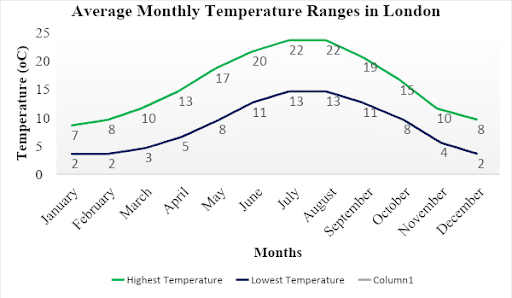
Source: https://www.ncei.noaa.gov
While the city does not often encounter severe weather, it might nonetheless experience snowfall and thunderstorms. Temperatures in London tend to be moderate, rarely falling below -1℃ or exceeding 28℃.
The warm season lasts about 2.8 months, along with a daily average high temperature of more than 20°C, and the cool season lasts about 4 months, with an estimated daily high temperature of less than 11°C.
Rain is a typical occurrence in the city of London, with October and November having the greatest rainfall and February being the driest month. It's worth mentioning that temperatures are normally higher and the air is drier in central London.
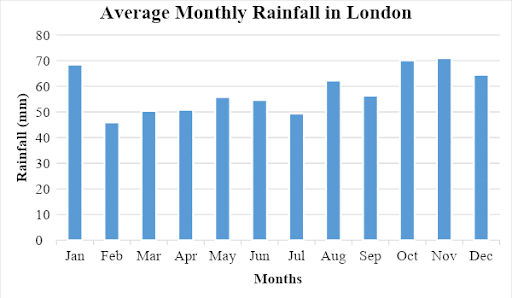
Source: https://www.ncei.noaa.gov
So, while London has four distinct seasons, light rains and cloudy skies are prevalent all around the year, and climate conditions can vary dramatically in a single day.
Interestingly, the average daylight in each month vary markedly with the highest daylight of 16.5 hours being recorded in the month of June.

Source: https://www.ncei.noaa.gov
A month-by-month itinerary for visiting London
Here is a month-by-month guide to visiting London, complete with events, weather, and travel suggestions for each month.
1. January in London
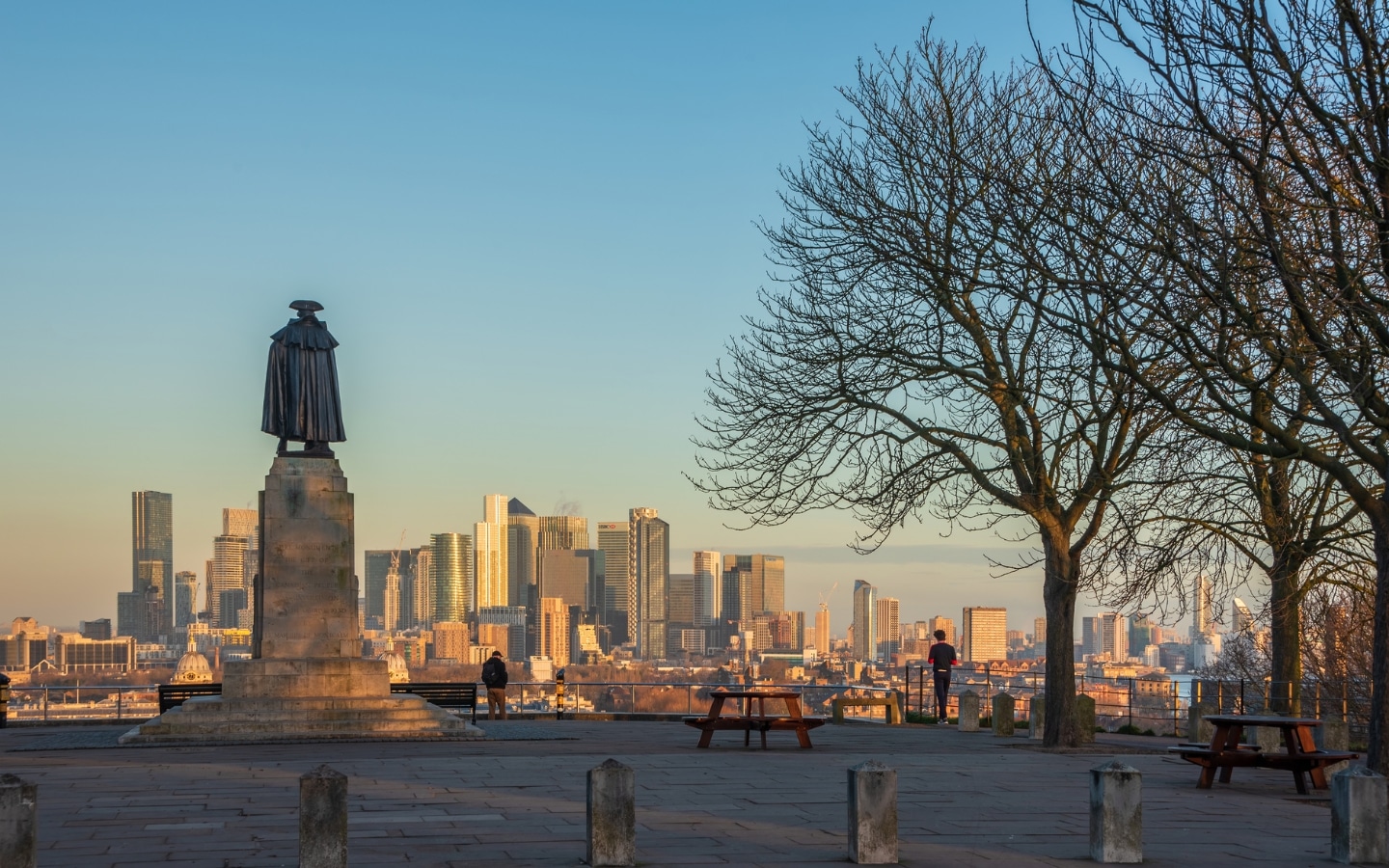
In January, London sees the opening of a wave of large commercial arcades, and the weather integrates by being mild. Days are shorter at this time of year, giving you a narrower period to begin and end your touring.
Weather
January is the coldest month in London, with an average high temperature of 46°F (8°C) and low temperatures of 37°F (3°C). Throughout the month, rain is expected.
Events to attend
Visit Christmas markets, ice skate, and watch the New Year's Day Parade. The Tower Bridge offers breathtaking views. In January, the Winter Wonderland (a seasonal theme park in Hyde Park), the London Boat Show, and also the London Art Fair all take place.
Travel Advice
Be prepared to stay indoors if it rains or snows. Pack a waterproof coat and warm clothes, and consider attending indoor events to keep warm.
2. February in London
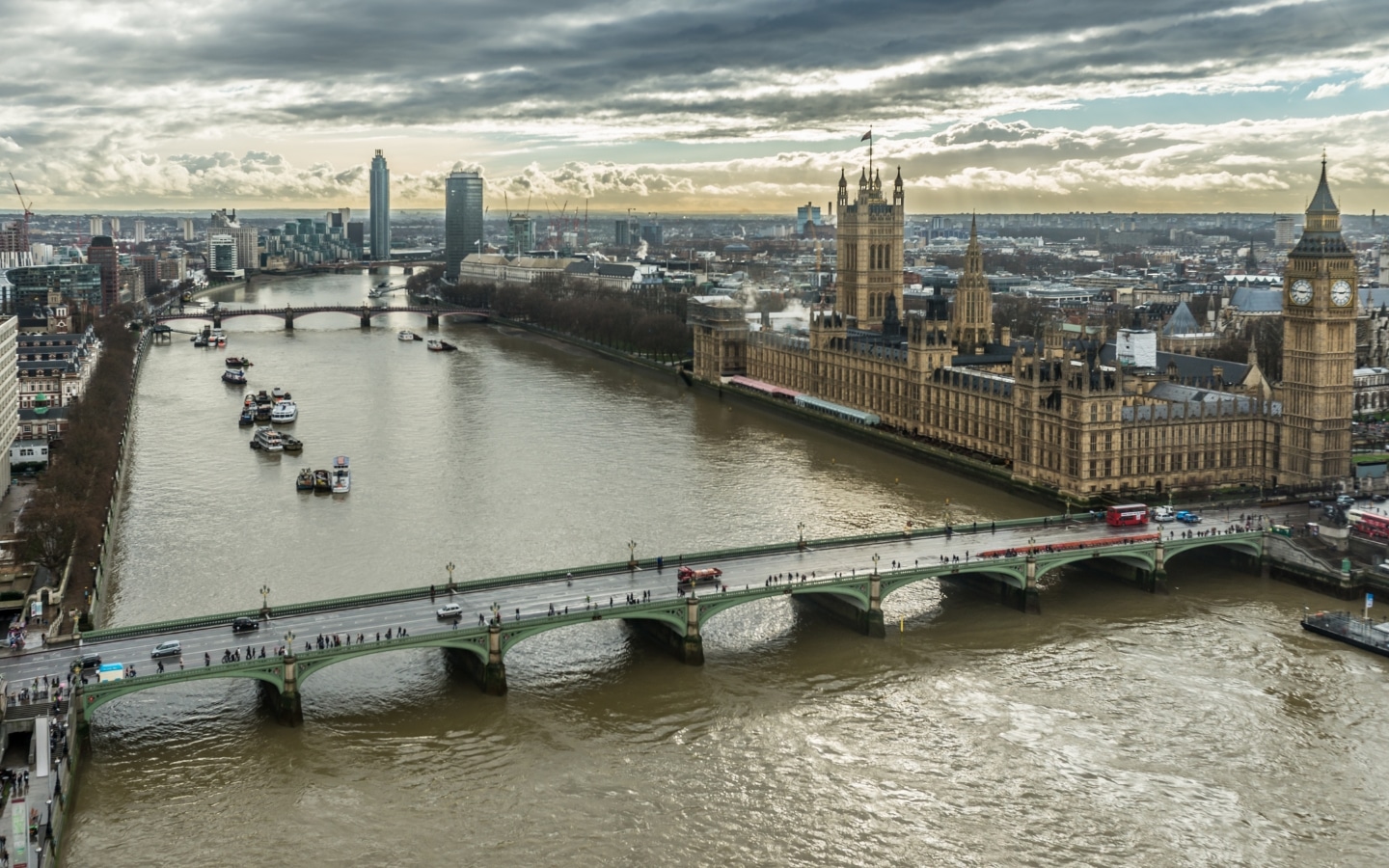
Following a busy Christmas season, London's tourism environment cools significantly in February. The weather remains frigid, but the majority of the city is free of tourists.
Because the spring half-term falls in the middle of the month, there are more families and kids in London in February than in January, but it's still a terrific month to visit London - especially if you're not traveling with children.
Weather
The average high temperature in February is 8°C (46°F), and the average low temperature is 3°C (37°F). Rain is still a typical occurrence.
Events to attend
Visit the London Eye, Kew Garden for the Orchid Festival, Camden Market, or Valentine's Day, which is celebrated at many London restaurants with festive décor or special menus.
If you're in London in February, you should attend the Chinese New Year celebration in Chinatown, London Classic Car Show, and the London Fashion Week. Go ice skating at Winter Wonderland if you happen to be in the city during this period.
Travel advice
Pack waterproof coats and warm layers, as with January. To stay warm, ensure to purchase tickets to indoor activities.
3. March in London
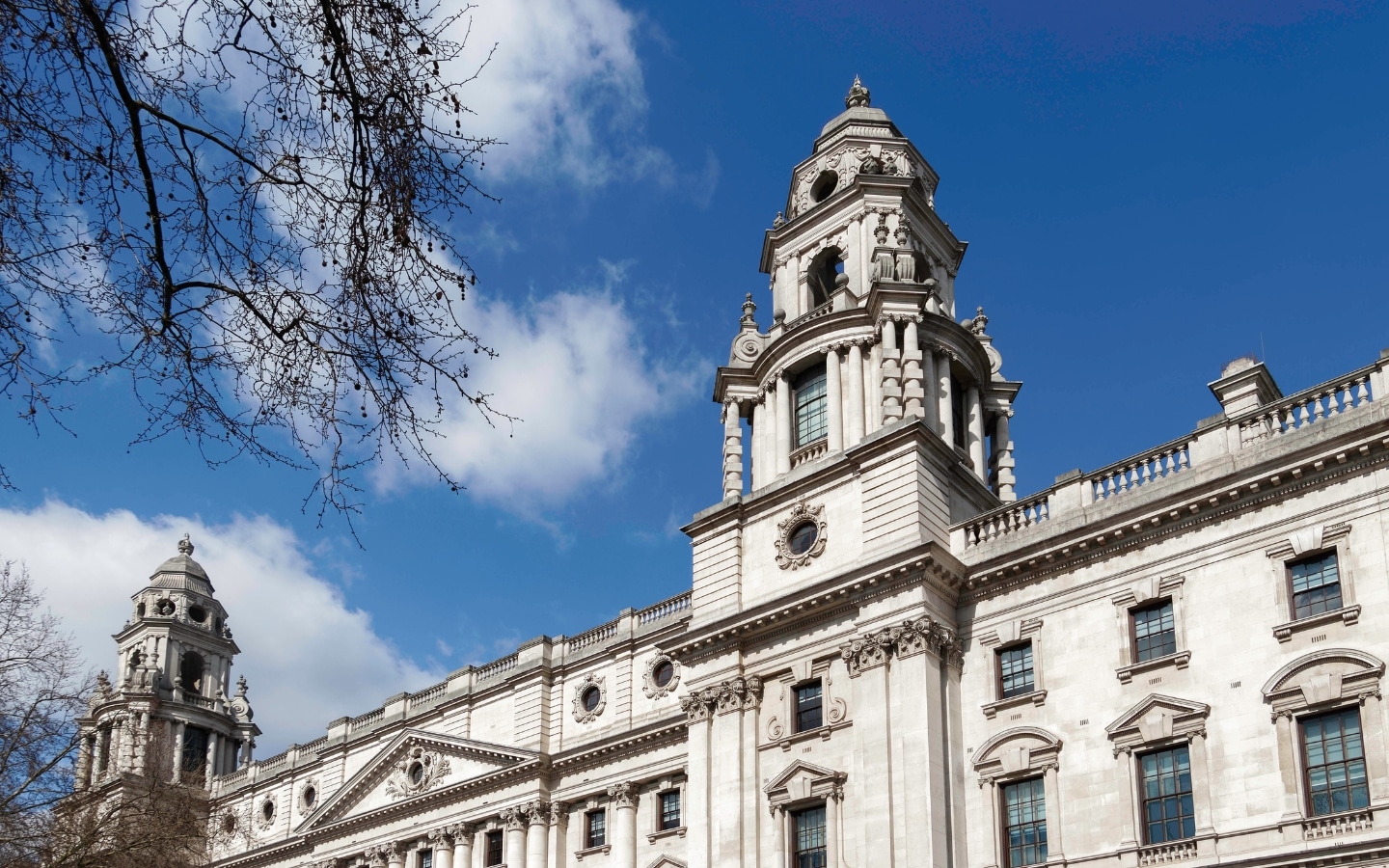
In March, London appears to be a bit out of a visitor's nightmare. After an exceptionally long cold winter, the blossoms begin to bloom in anticipation of the approaching warmth. Londoners restore their spirits, as the city's nightlife reopens.
Spring is one of the nicest times to visit London because it is such a lush city full of flowers, trees, and parks.
Weather
In London, March marks the start of spring, with typical high temperatures of about 10°C (50°F) with low temperatures of 4°C (39°F). Rain is still a typical occurrence.
Events to attend
If you're visiting London in March, don't miss out on the St. Patrick's Day Parade which is honored in Trafalgar Square, the London International Mime Festival, or the London Film Festival. You can also go to the Shard, Kew Gardens, or see a show in the West End.
Travel advice
Layer up because the weather might be unpredictable. An umbrella could also come in handy. In March, go to the local markets and buy some of the fresh produce on display.
4. April in London
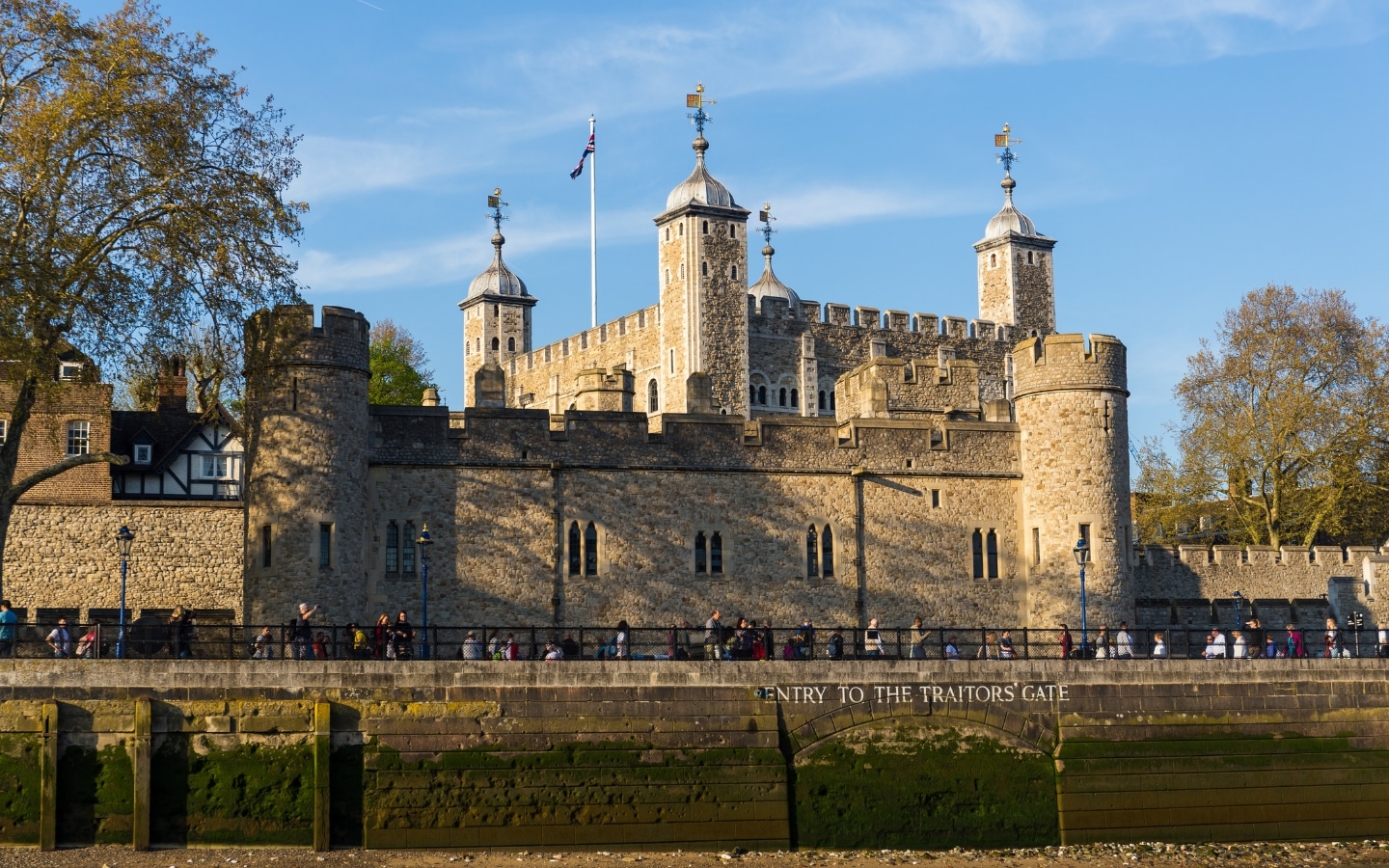
The city's beautiful spring flowers are supplemented by a range of special activities and events in April, making it one of the most exhilarating months to visit London.
Good Friday and Easter Monday are public holidays that might occur during this month. Expect crowds, road closures, and celebrations over the long weekend. Don't forget your umbrella because spring can be rainy.
Weather
In London, April marks the beginning of warmer weather, with average low temperatures of 6°C (43°F) and average high temperatures of 13°C (55°F). Rain is still possible.
Events to attend
In April, there is the London Restaurant Festival, London Coffee Festival, and the London Marathon. Visit some of London's parks, such as Kensington Park and Hyde Park, in the latter part of the month to see the Spring bloom.
You can also go to Windsor Castle, and Kensington Palace, and see the Cambridge and Oxford Boat Race.
Travel advice
Because the weather might be unpredictable, bring warm clothes and an umbrella.
5. May in London

May is a good month for casual travel considering the tourist number has not yet peaked, allowing you to go exploring at your leisure. Should you visit London in May, there are a variety of events and shows to keep you entertained.
Weather
With typical low temperatures of 9°C (48°F) and high temperatures of 17°C (63°F), May is a lovely month to visit London. Rain is still possible.
Events to attend
The big events in London in May include the Chelsea Flower Show (a five-day festival of all things floral located in the upmarket area of Chelsea), the Camden Beach, and the Hay Literary Festival.
You can also go to an O2 Arena concert, the National Gallery, or the Puppet and May Fayre Festival. If you enjoy these delectable beverages and their accompaniments, don't miss out on London Wine Week.
Travel advice
Because the weather might be unpredictable, bring clothes and an umbrella.
6. June in London
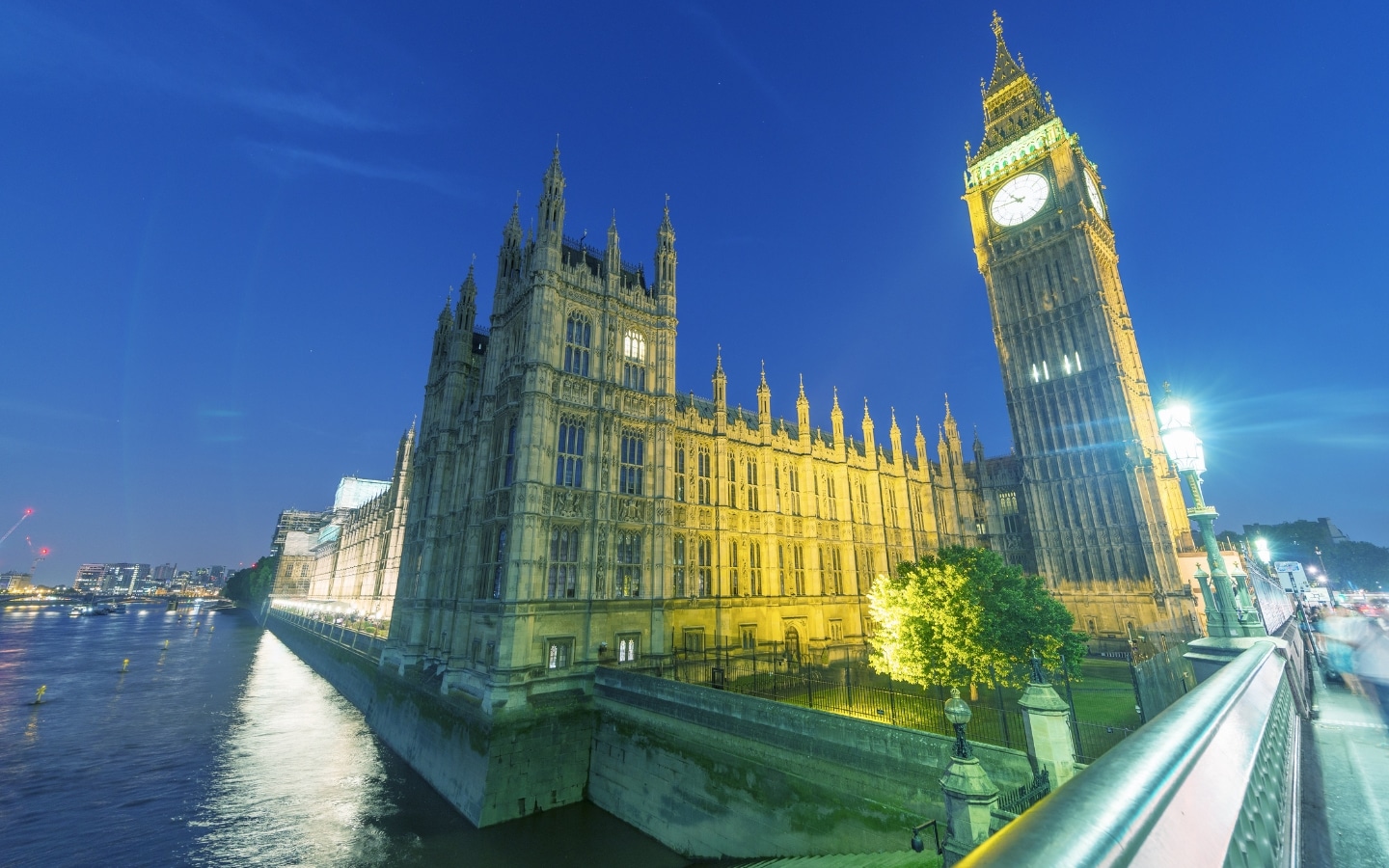
In June, the social calendar is in full flow, and the city is busy with British and international tourists taking advantage of the beautiful sunlight and extended daylight hours. The pleasant weather is a significant selling feature for visiting London in June.
Weather
Summer begins in London in June, with typical high temperatures of around 21°C (70°F) and low temperatures of 13°C (55°F). Rain is still possible.
Events to attend
In June, there is the Glastonbury Musical Festival hosted in the adjacent town of Glastonbury and the Pride in London parade. You can also visit Madame Tussaud's, Hampton Court Palace, or the Royal Ascot Racecourse.
Travel advice
Because the weather might be unpredictable, bring warm clothes and an umbrella. Bring sunlight protection, like sunscreen and a hat, if attending outdoor events.
Because June is a busy month for tourists in London, try to visit major locations early in the day and avoid weekends entirely.
7. July in London
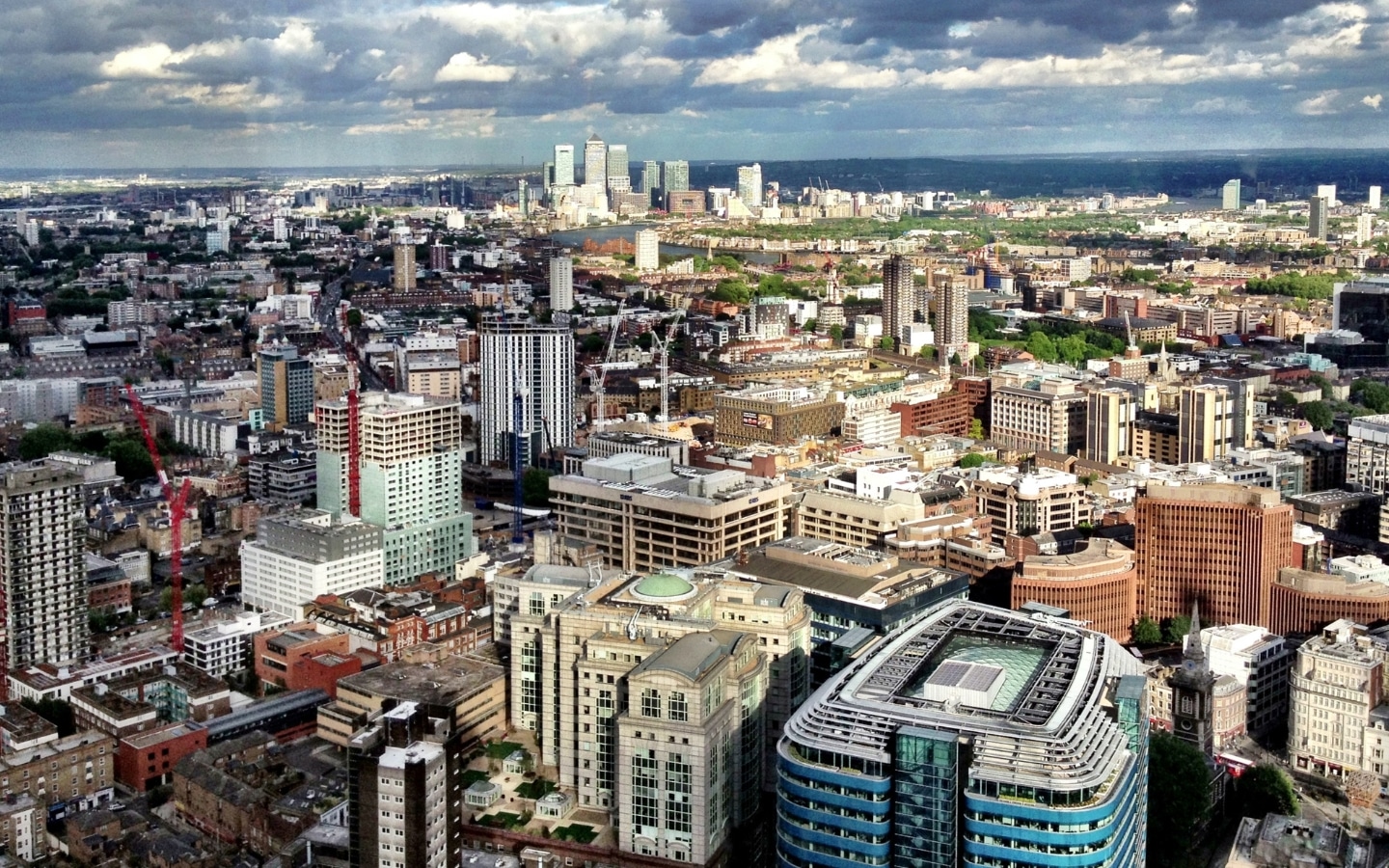
July is the warmest month in London, as well as one of the busiest and most energetic. The skies are abundantly clear in London in July, making it excellent for sightseeing. Enjoy outdoor attractions during this time of year because the light makes everything look even more beautiful!
Weather
July is London's warmest month, with an average low temperature of 16°C (61°F) and high temperatures of 25°C (77°F). Rain is still possible.
Events to attend
The Lovebox music festival, the British Summer Time music event in Hyde Park, as well as the Wimbledon tennis tournament all take place in July. Explore Kew Gardens, the Buckingham Palace, and take a Thames boat.
Travel advice
Visit gardens and parks for picnics with your loved ones while the weather is nice. Because the weather might be unpredictable, bring clothes and an umbrella.
8. August in London
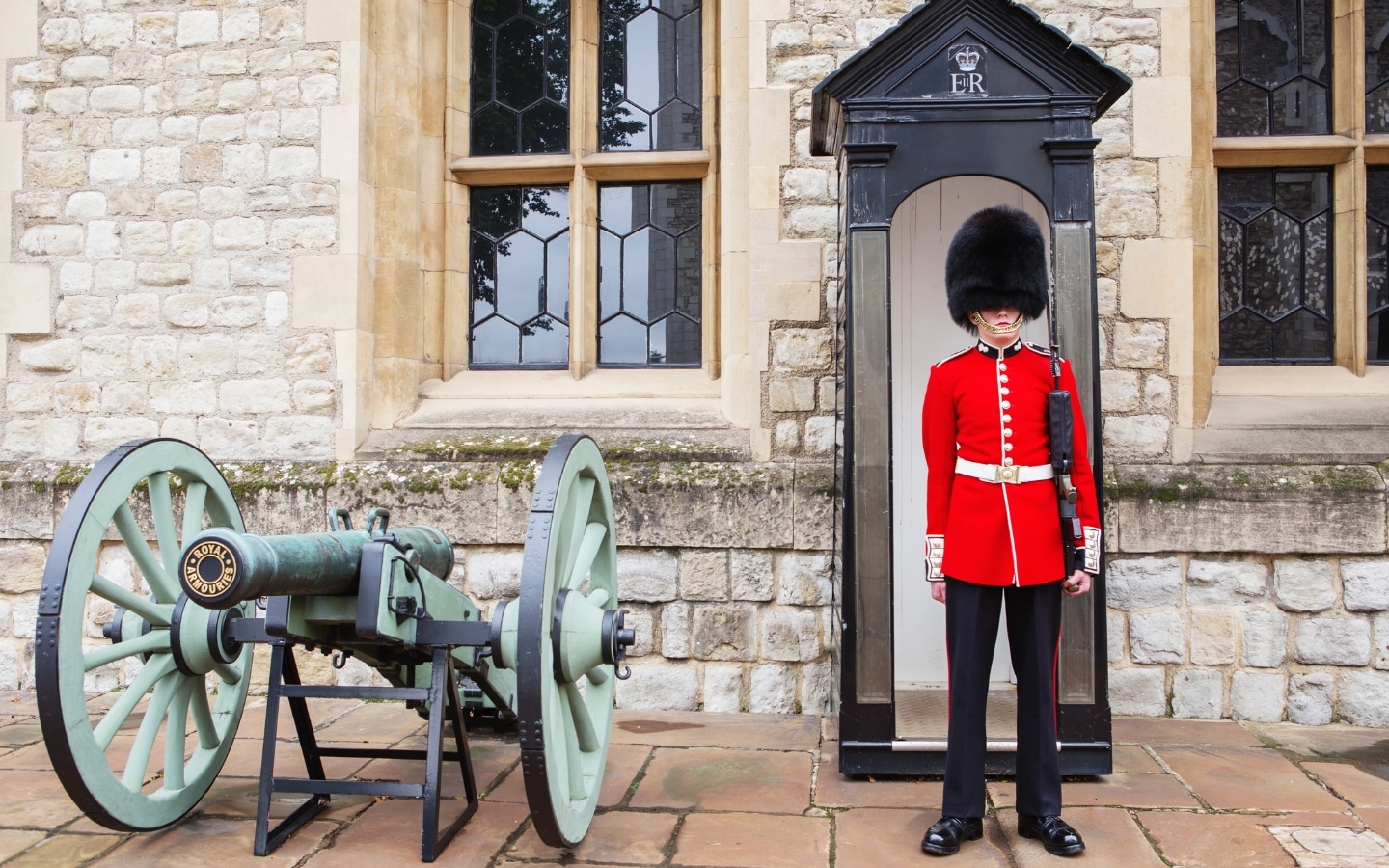
August happened to be one of the warmest months in London, so bring light, breezy clothing to wear while touring the city.
Weather
August in London is normally warm and sunny, with high temperatures that vary between 72°F (22°C) to 77°F (25°C).
Events to attend
Notting Hill Carnival (an energetic celebration of Caribbean music and culture), Carnaval del Pueblo (which honors Latin American culture and takes place in Burgess Park), and the Reading and Leeds Festivals (two of the UK's largest music festivals) are among the events to attend in August.
Experience the London Craft Beer Party or take a hop-on hop-off bus ride of the city.
Travel advice
August is a popular month to visit London, so make your reservations early. Also, expect long lines at famous tourist attractions.
9. September in London
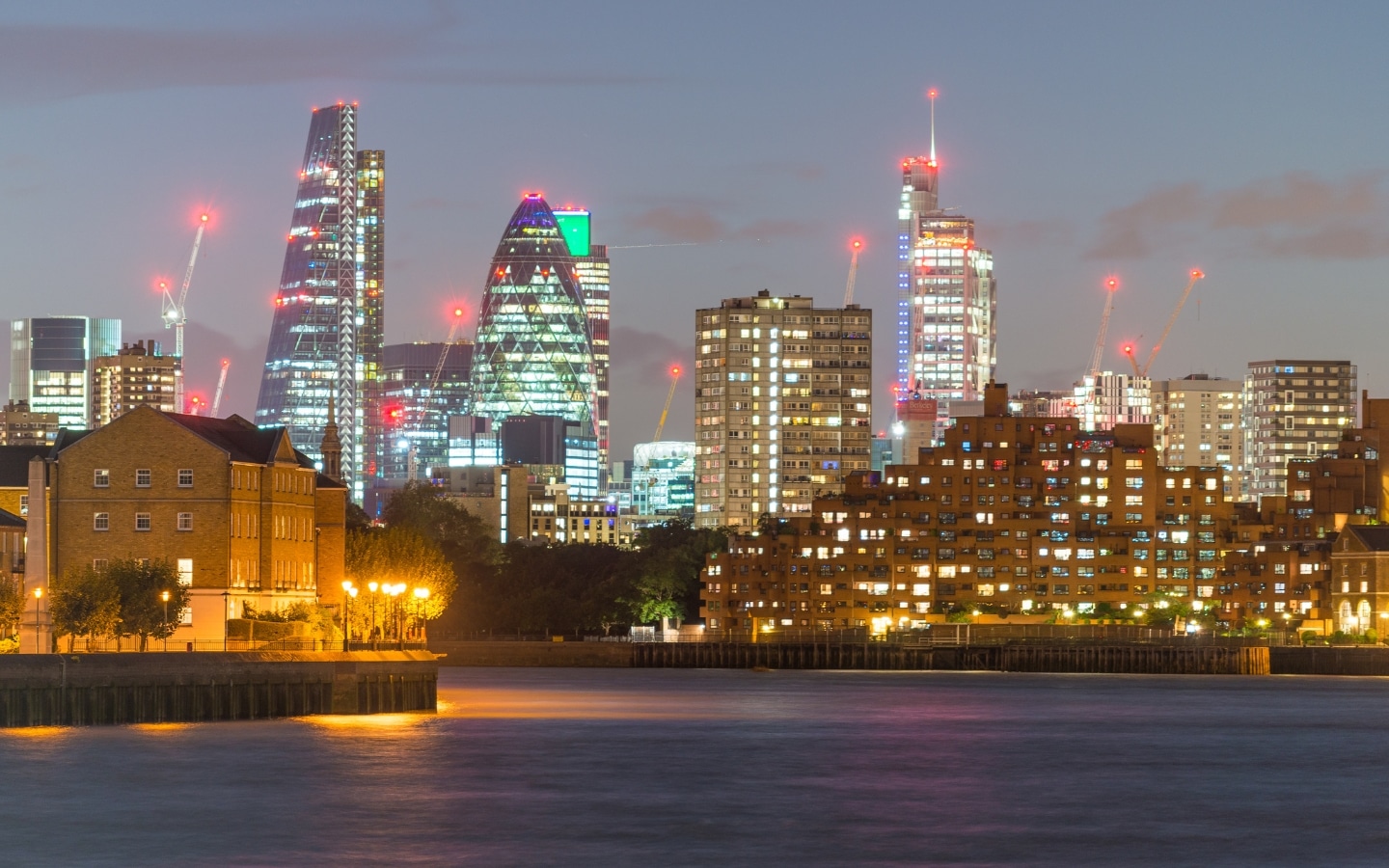
As school resumes and the weather cools, the crowds in London lessen, making it an ideal time to visit. September is technically a festival period in London, and there are a plethora of events and festivals to visit in addition to the usual places to go sightseeing.
Weather
September in London remains relatively warm, with high temperatures that ranged from 20°C (68°F) to 22°C (72°F). However, there may be some cooler and rainier days as well.
Events to attend
The Open House London Festival (a yearly occasion that provides free admission to hundreds of buildings throughout the city), the Thames Festival, the London Fashion Week, and the Chelsea History Festival are all worthwhile events to attend in September.
Travel advice
September is an excellent month to visit London because it is less crowded than in the summer. Bring an umbrella or raincoat because the weather is sometimes unpredictable. Layer up because it is usually cool, especially in the mornings and evenings.
10. October in London
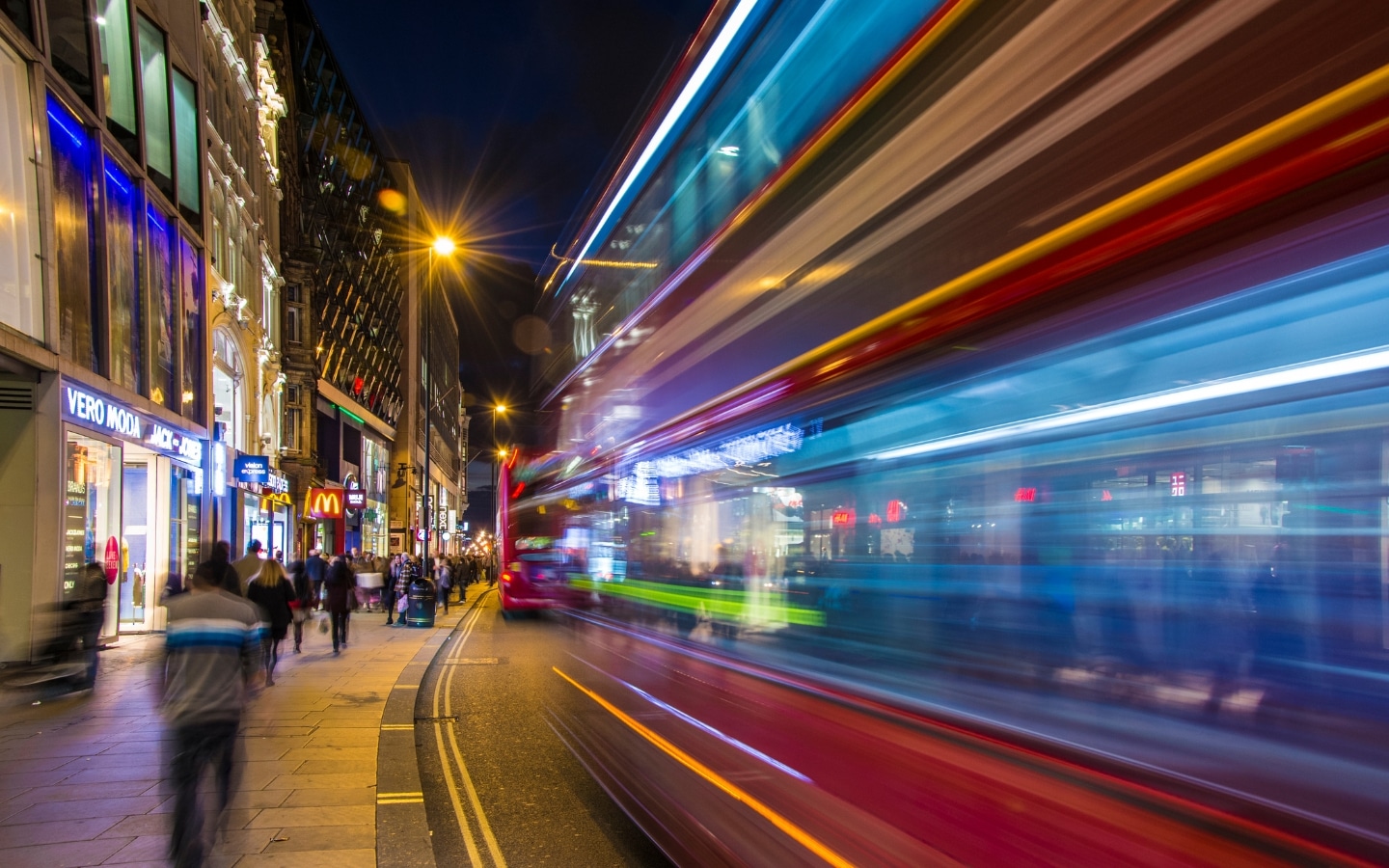
October had a little more rain, but fewer people. Autumn brings colder weather to London in October. This time of year in London, you'll be surrounded by vibrant autumnal colors!
Weather
With typical high temperatures varying from 15°C (59°F) - 18°C (64°F), October is wetter and cooler than September.
Events to attend
The British Film Institute London Film Festival, which presents the greatest in international the movie industry, and Halloween, which is an event observed all through the city with parties and activities, are two events to attend in October.
Travel advice
October is an excellent time to visit London because it is less crowded than the summer months, but it can be a rainy month. If you intend to engage in a lot of walking, bring a pair of comfy shoes.
11. November in London
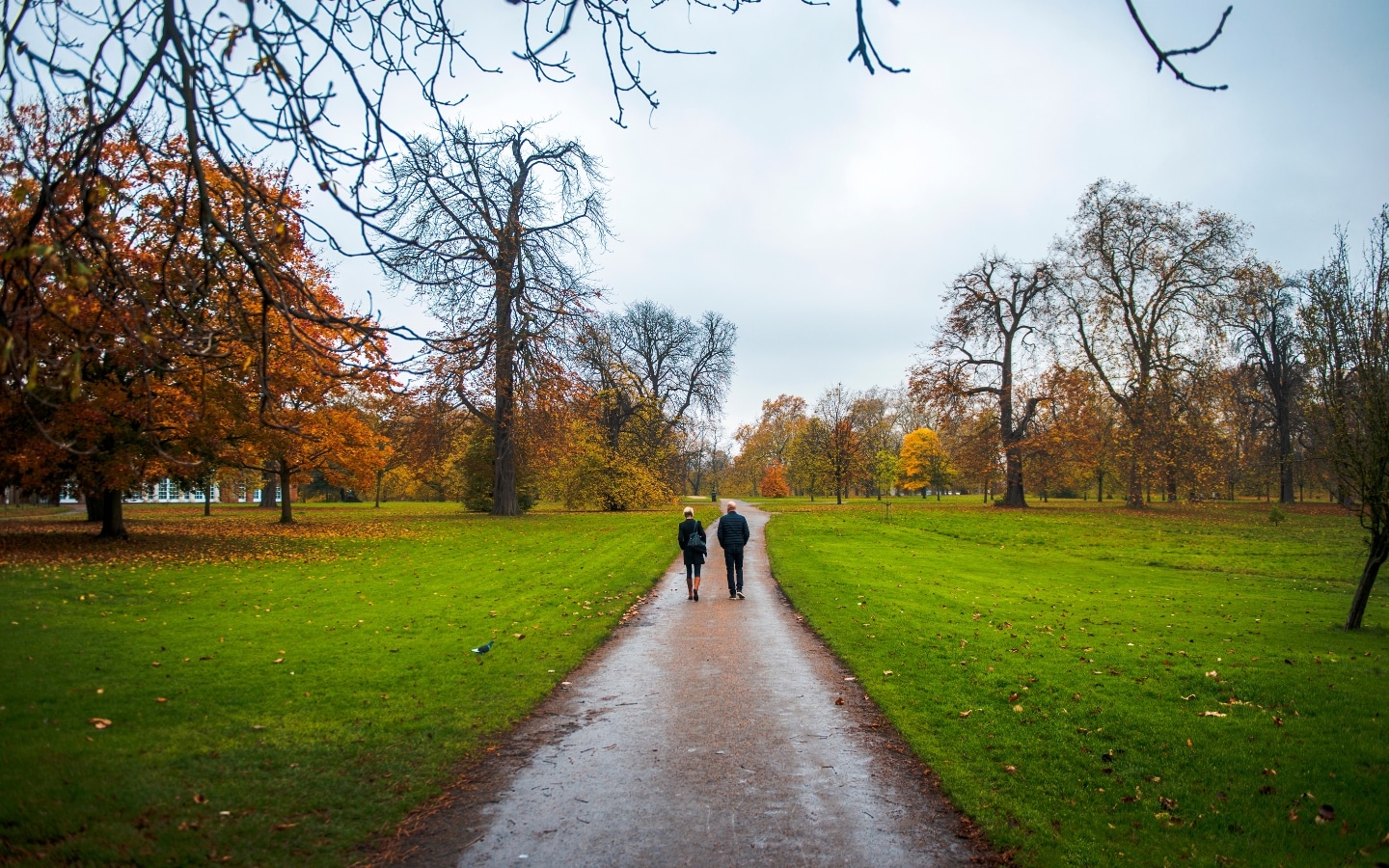
November can also be a great time to visit because the weather starts to cool down and crowds are thin.
The festive atmosphere, as well as the cold, begins to settle in London during November. Bring warm jackets and coats for your visit at this time of year.
Weather
November in London is cold and damp, with high temperatures that differ from 9°C (48°F) - 12°C (54°F).
Events to attend
The Lord Mayor's Show, a classic parade and pageant, and the turning on of Christmas lights on Oxford Street are among the activities to attend in November. Check out the London Fireworks on Bonfire Night, a West End theater production, or the EFG London Jazz Festival.
Travel Suggestions
This is an excellent time to enjoy snowy activities such as sleigh rides, skateboarding, snowball battles, and much more. Bring a heavy coat and an umbrella, as weather conditions in November can be cool and wet.
12. December in London
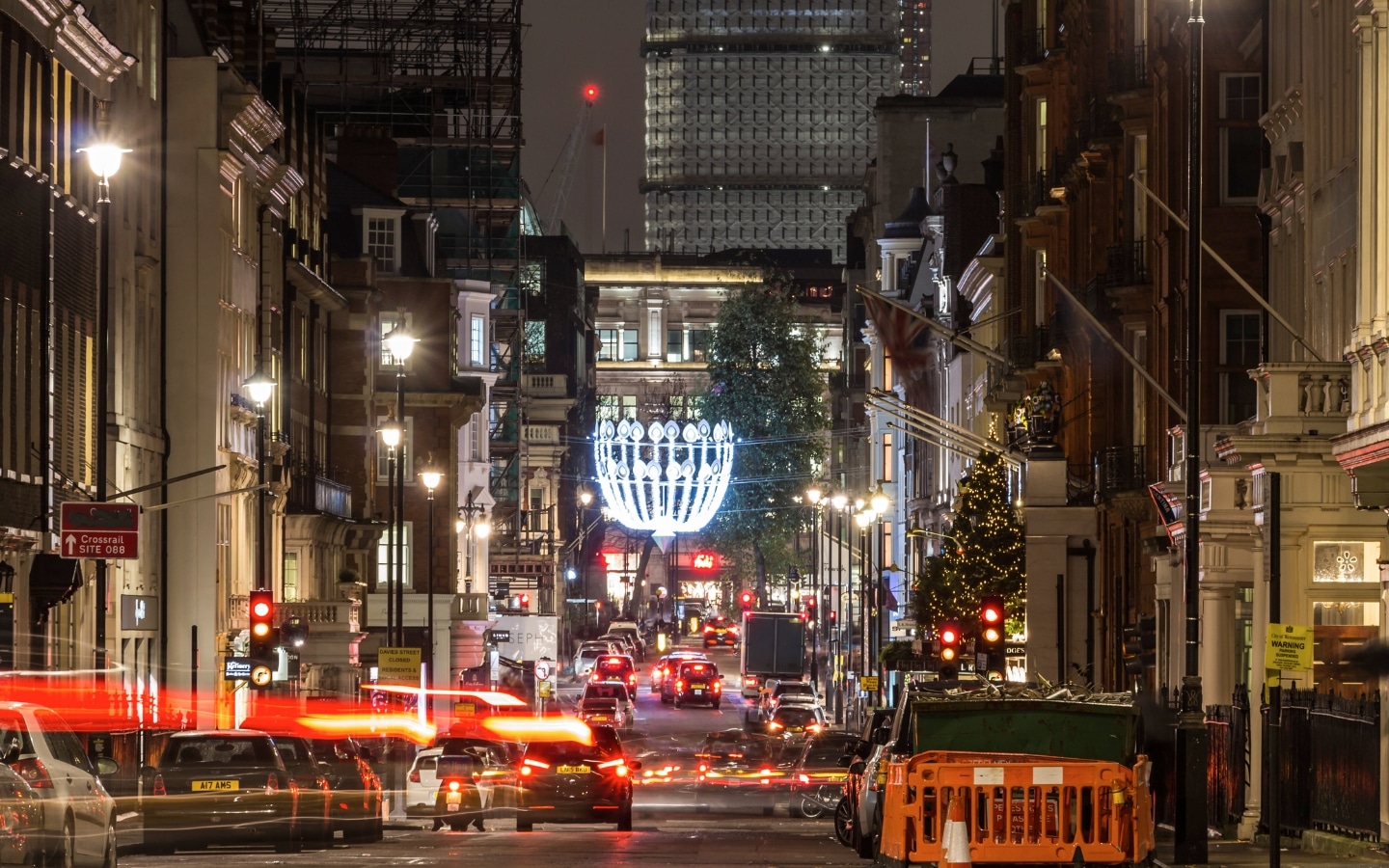
London is practically brimming with holiday happiness in December. Christmas lights adorn the city, and there are numerous holiday markets.
In December, practically nearly every street in London is lit up, and the spirit of happiness and celebration is all around you!
Weather
December in London is cold and damp, with high temperatures which range from 6°C (43°F) - 9°C (48°F).
Events to attend
Winter Wonderland in Hyde Park, which has rides, food booths, and seasonal recreational activities, and the Christmas markets at Leicester Square and Southbank Centre are two events to go in December.
Visit The Shard for stunning vistas, and Buckingham Palace as well as Hyde Park for spectacular Christmas festivities.
Travel Suggestions
Pack your rain gear, which should include a light raincoat, an umbrella, and water-resistant, comfortable footwear to walk in.
You should also reserve your accommodations ahead of time because the city might get crowded around the holidays.
London 3-Day Itinerary
1. The National Gallery and Trafalgar Square

Trafalgar Square, one of London's most prominent public squares, is home to Nelson's Column and the city's famed stone lion statues. The square also has street performers and contemporary art.
The National Portrait Gallery and the National Gallery are two of London's leading art museums. They feature works by Titian, Picasso, Monet, and Turner, among others.
If you enjoy art, you should visit either or both of these institutions. Both museums are free to enter (special exhibitions may charge a fee), although contributions are greatly welcomed.
2. Westminster Bridge
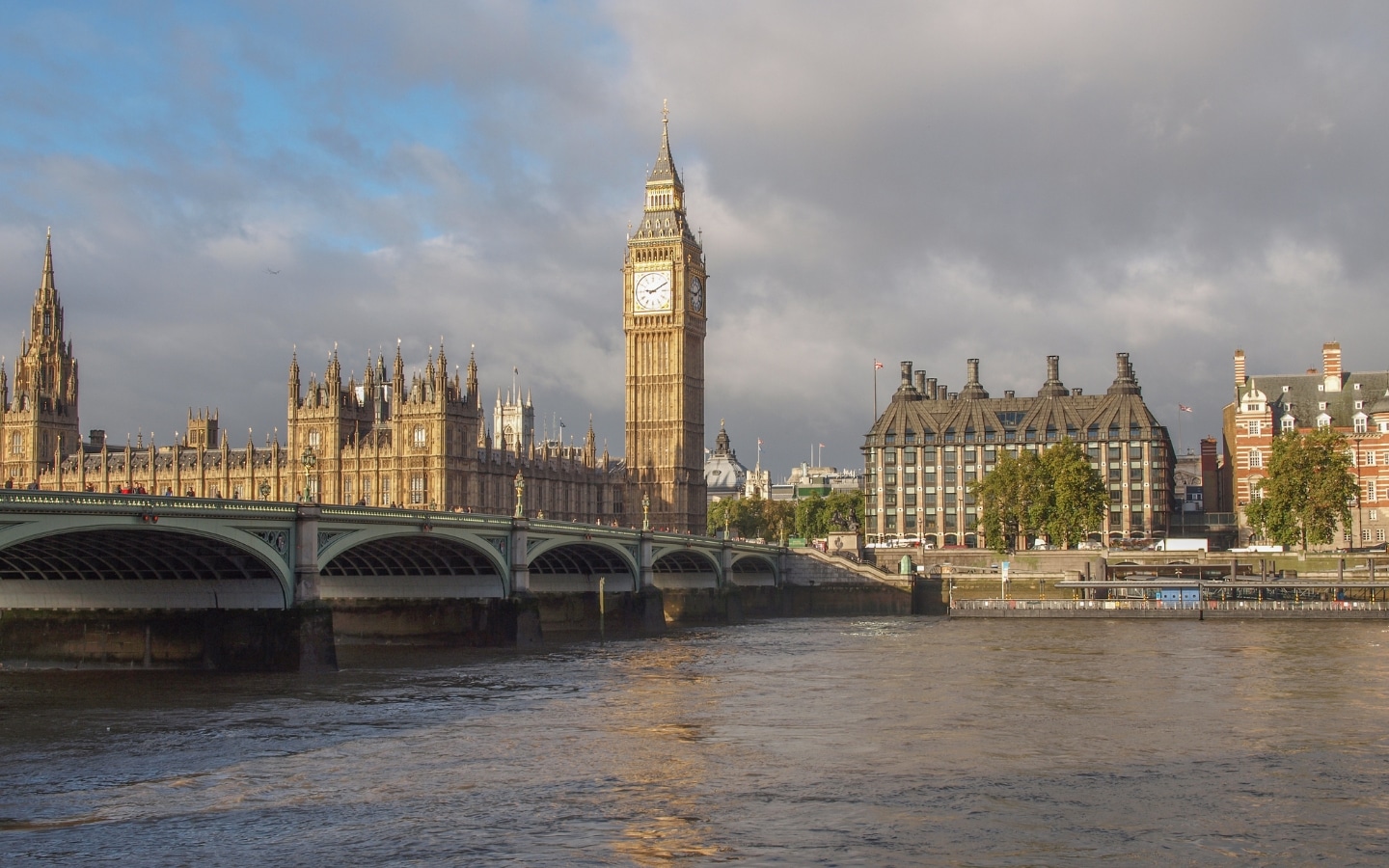
We recommend crossing Parliament Square and proceeding to Westminster Bridge. Although this bridge was built in 1862, there had been a bridge there since 1750.
The bridge provides an excellent view of the River Thames and the Houses of Parliament. You can then go for a stroll along the Thames or to dinner.
3. The Sky Garden
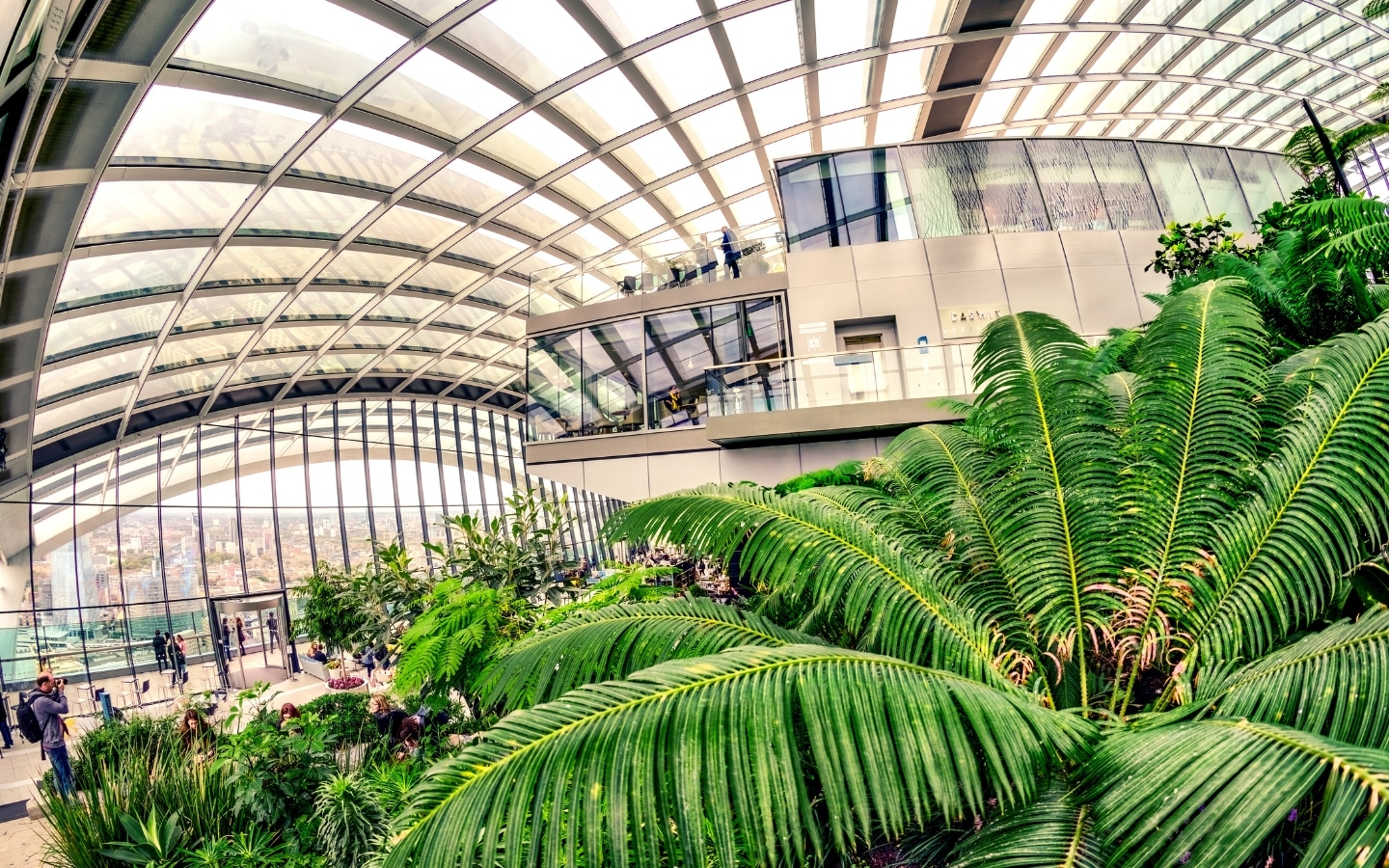
If you appreciate beautiful vistas, we recommend paying a visit to Sky Garden, London's highest public garden. The terraced garden area is three-storey high (levels 35 to 37), including an observation deck, open-air terrace, and bar.
Although the Sky Garden is officially a public garden and may be visited for free, we encourage making a reservation in advance because they are frequently crowded and cannot always accommodate walk-ins.
Tickets are usually offered once a week and can be reserved up to two weeks in advance. If all of the free slots are taken and you still want to come to see the sights, you may usually get in by making a reservation for a meal and eating at one of the various restaurants located here.
The Monument, a 202-foot Doric column monument erected by Robert Hooke and Christopher Wren in memory of the Great Fire of 1666, stands nearby. The column is located around where the fire began. Visitors can go in and climb the roughly 300 stairs to the top viewing platform.
You can then walk to St. Paul's Cathedral or use the Underground from The Monument to St. Paul's Cathedral.
4. Tower Bridge and London Bridge
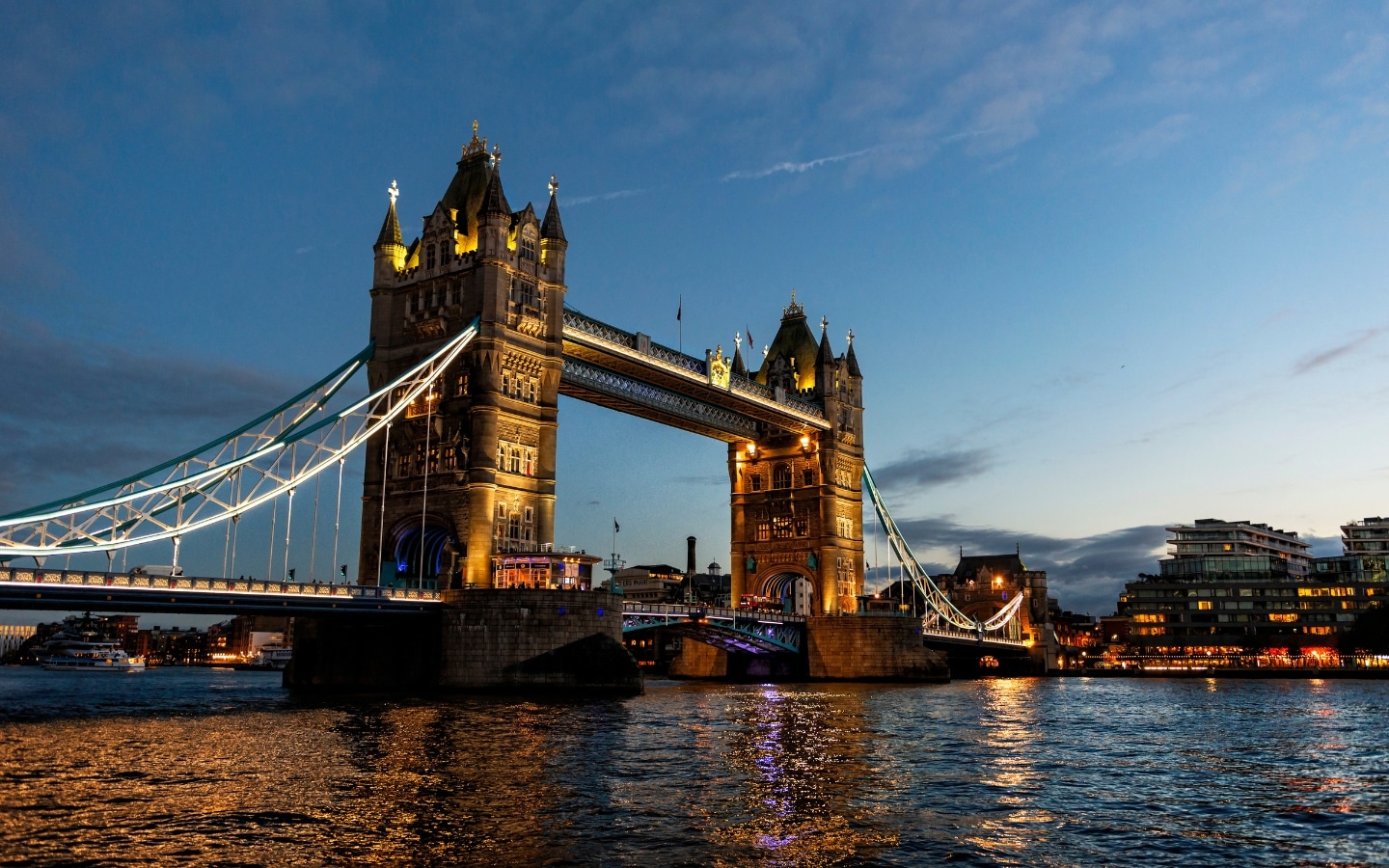
Both are functioning road bridges that span the River Thames and can be used by both automobiles and pedestrians. You'll also get an excellent look at HMS Belfast, a WWII-era Royal Navy light cruiser that's now a famous tourist attraction.
Next to London Bridge is The London Bridge Experience, which uses interactive exhibits and theater to convey the darker past of London Bridge across time. It is intended for kids and young adults who don't mind a bit of a scare.
The Tower Bridge is the more recognizable bridge, however, it is frequently misidentified as London Bridge. It is a suspension bridge and Victorian bascule that was erected between 1886 and 1894 and is famous for its unique bridge towers.
If you wish to understand more about the Tower Bridge, you can go to the Tower Bridge Exhibition, which covers the bridge's history and gives you access to the walkways and towers.
Frequently Asked Questions
What should I do in London when it rains?
Embrace the opportunity to discover London's abundant indoor attractions when rain begins to fall in the city.
Embark on a celestial journey at the Peter Harrison Planetarium, located within the Royal Observatory in Greenwich, where you can stargaze without the worries of cloud cover.
Dive into an underwater world at the London SEA LIFE Aquarium, a fantastic place to encounter marine life from every corner of the globe.
Explore the historic splendor of St. Paul's Cathedral, with its intricate mosaics and magnificent dome offering an impressive escape from the rain.
The opulent Hampton Court Palace, the infamous home of Henry VIII, also provides an engaging rainy-day activity.
Catch a performance or tour the grand Victorian architecture of the Royal Albert Hall, or immerse yourself in the architectural masterpiece that is Westminster Abbey.
Beyond these, London's world-class museums are an excellent refuge from the wet weather.
The National Gallery houses an unrivalled collection of over 2,300 paintings dating from the mid-13th century to the 1900s, while the Natural History Museum offers a journey through the Earth's history in its iconic Waterhouse building.
When is the best and cheapest time to visit London?
London can be an affordable destination if you plan your trip around the off-peak season.
Budget-conscious travellers should consider visiting during the months of September and October, when the summer crowds have dispersed, and airfare prices tend to drop.
This trend continues from November to mid-December, and then picks up again from Christmas Day to mid-March.
During these periods, you're also likely to find better deals on accommodation and experience less crowded attractions.
When is London's busiest tourist season?
London, being a global city, attracts visitors throughout the year. However, the busiest tourist season tends to be late spring through summer, from May to August, when the weather is warm and the city is abuzz with outdoor festivals, events, and activities.
The winter holidays, specifically the weeks around Christmas and New Year's, also see a surge in visitors due to the city's festive atmosphere, twinkling Christmas lights, and bustling markets.
Is going to London in December a wise idea?
Absolutely! Visiting London in December can be a magical experience. The city embraces the holiday season with a joyous fervor that is truly infectious.
London's streets are adorned with dazzling Christmas lights, and festive markets pop up across the city, offering unique gifts, warming food and drinks, and a cheery atmosphere.
Plus, many of London's top attractions, such as the Tower of London and the British Museum, are open throughout December, providing plenty of sightseeing opportunities. So, despite the colder weather, December can be a charming and fun-filled time to visit London.
In summary
The nicest weather in London often occurs in the early summer/late spring and early autumn/late summer months of May, June, September, and October.
The summer months of July and August, as well as December approaching Christmas, are often the busiest months for travelers.
That being stated, London is a fantastic year-round destination with world-class sights, events, and restaurants available at all times.
- Best Neighborhoods In London - December 6, 2023
- 25 Best Restaurants for Father’s Day in London - November 23, 2023
- Best Water Parks in London - November 17, 2023

